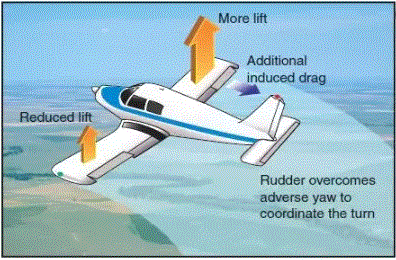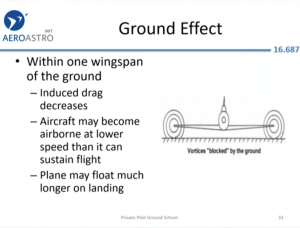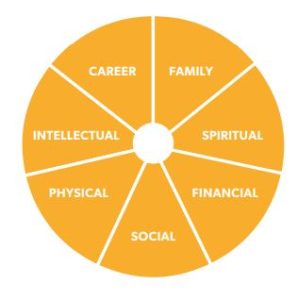
“A good turn is one in which the nose and tail of the aircraft track along the same path. If no rudder is used in a turn, the nose of the aircraft yaws to the outside of the turn. The rudder is used rolling into the turn to bring the nose back in line with the relative wind. Once in the turn, the rudder should not be needed.” p 5-23 of Pilot’s Handbook of Aeronautical Knowledge
I have seen on several YouTube videos as I am studying to become a Private Pilot how flight instructors during the Flight Check Ride will get on the new pilot for not using rudder during a turn. However, they would just deduct points when he or she did not use the rudder but I never understood what exactly happens and why it is so important during the turn.
So what I learned this morning in my morning study is that going into the turn, apply the rudder to help bring the nose around as I turn. This will make for a much smoother turn and not cause the plane to skid through the turn, or “yaw” sideways.

Once established in a turn, neutralize the ailerons and the airplane will continue turning. Back-pressure on the elevator should be maintained, however, to maintain altitude in the turn.
https://www.aopa.org/news-and-media/all-news/2018/february/flight-training-magazine/the-common-turn



